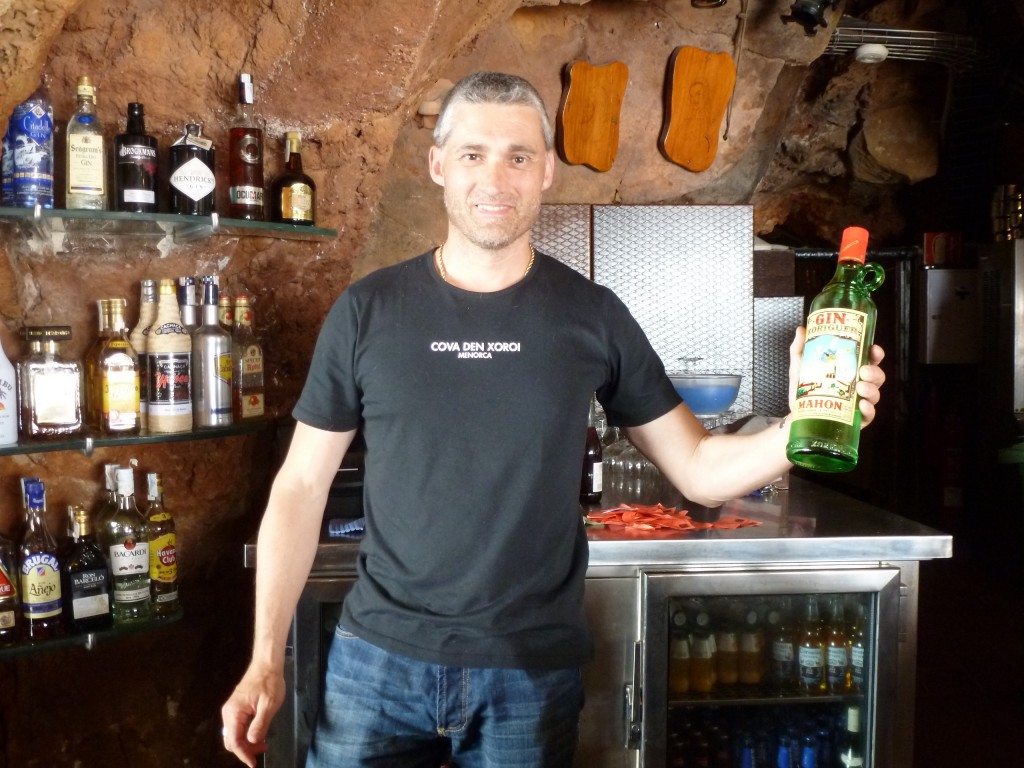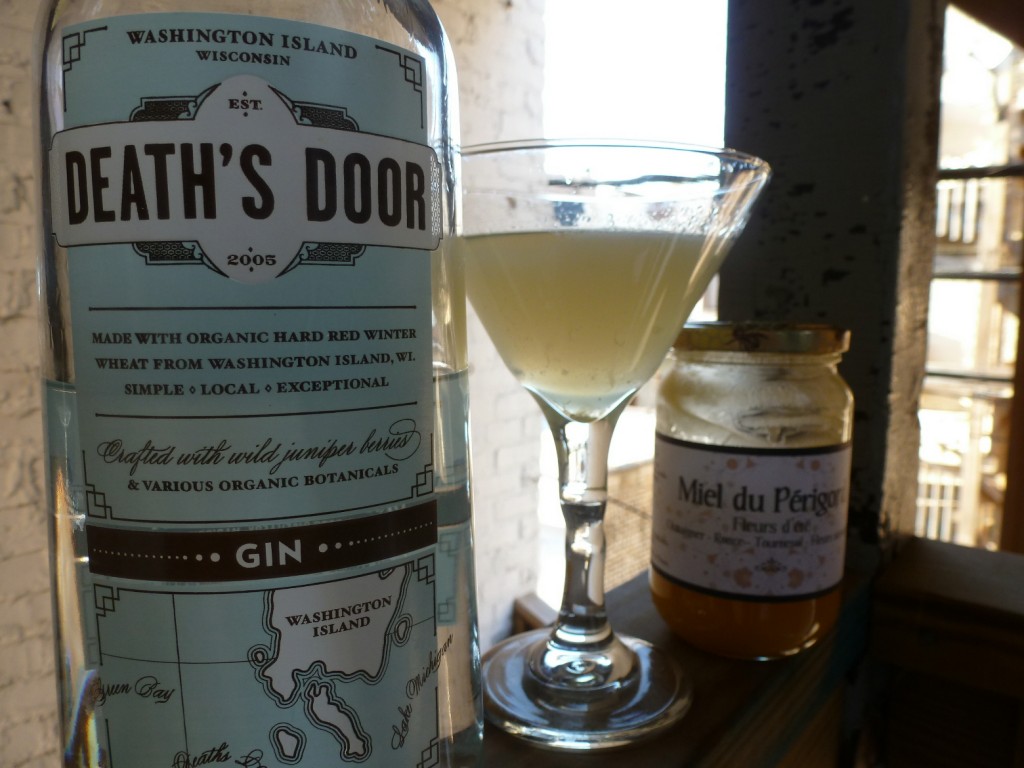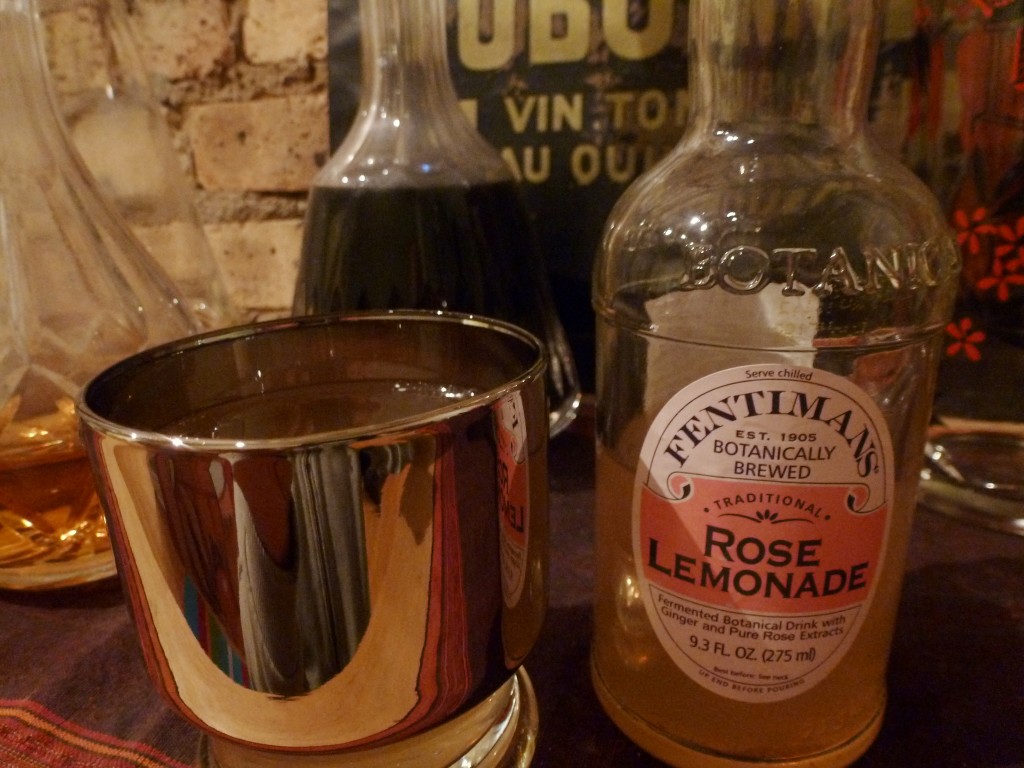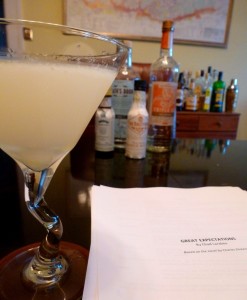A Drop Of Britain In The Mediterranean
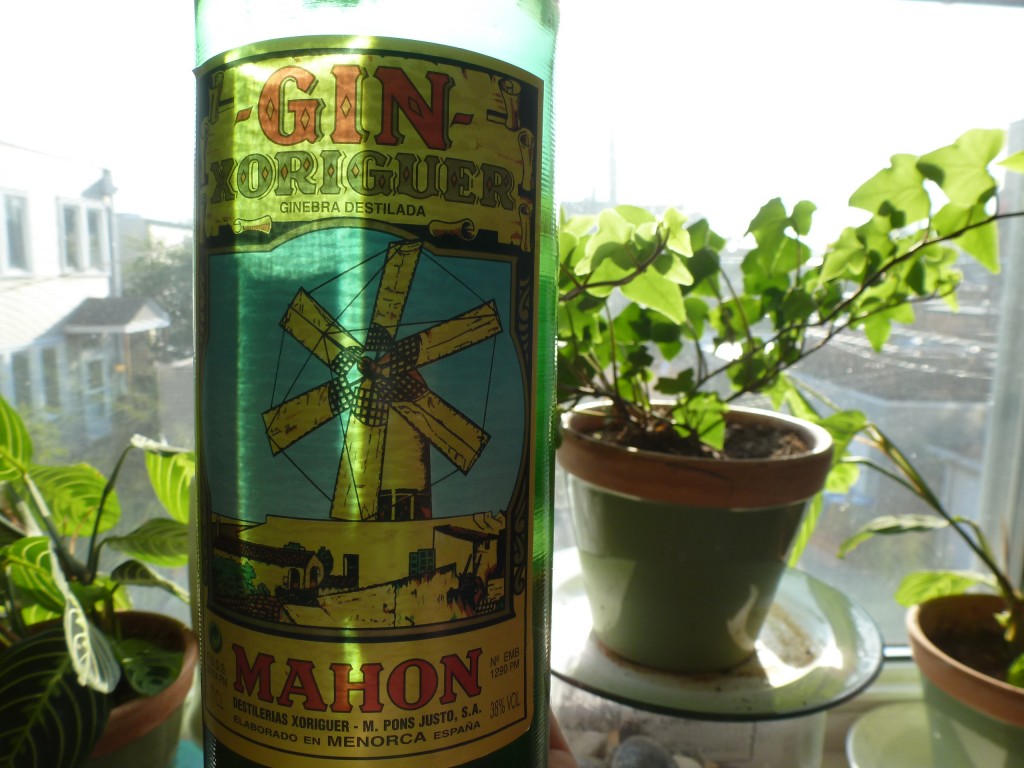 Although Great Britain controlled the exquisite island of Menorca off and on for less than a century between 1708 and 1802, its influence can still be felt in the local cocktail culture. The traditional tipple isn’t sangria or sherry, but gin. In fact, Menorca is one of the few places in the world with its own gin D.O., Gin de Menorca, because of the unique local distillation process.
Although Great Britain controlled the exquisite island of Menorca off and on for less than a century between 1708 and 1802, its influence can still be felt in the local cocktail culture. The traditional tipple isn’t sangria or sherry, but gin. In fact, Menorca is one of the few places in the world with its own gin D.O., Gin de Menorca, because of the unique local distillation process.
British soldiers stationed on this small island off the coast of Spain longed for a taste of home, and residents obliged, distilling gin mostly from local wine rather than grain, in the manner of Dutch genever. I’m not sure how many distillers were crafting gin 200 years ago, but now the production of Menorcan gin is now dominated by one company, Xoriguer (sho-ree-gair), owned by the Pons family, which traces its lineage back to the very first Menorcan distillers. Xoriguer still uses wood-fueled copper pot stills to craft its gin, much like the first gin makers on the island.
I had my first opportunity to taste Xoriguer gin when I visited Menorca in late April. In need of a little refreshment after touring some of the island’s mysterious megalithic sites, we climbed down to Cova d’en Xoroi, a bar and club inside a spectacular cliffside cave overlooking the Mediterranean. It felt a little too early to drink the gin straight, so I opted for a classic Pomada cocktail. Traditionally, a Pomada is a mix of Menorcan gin and lemonade over ice, but at Cova d’en Xoroi, the bartender substituted lemon Fanta. It still tasted great — cool, refreshing, aromatic and just a bit tart. Of course, the flavor wasn’t hurt by the stupendously scenic setting.

